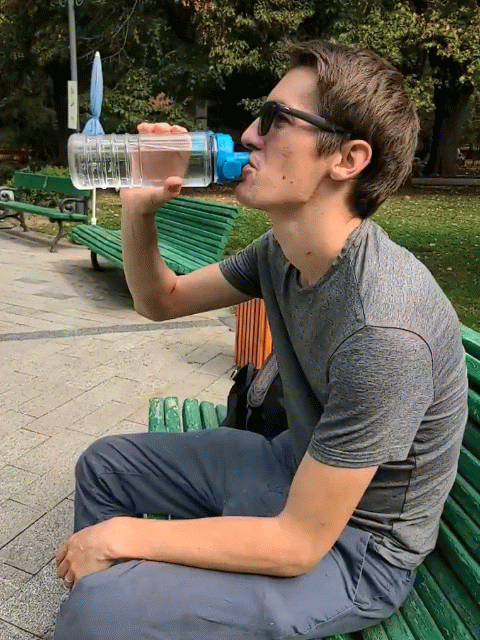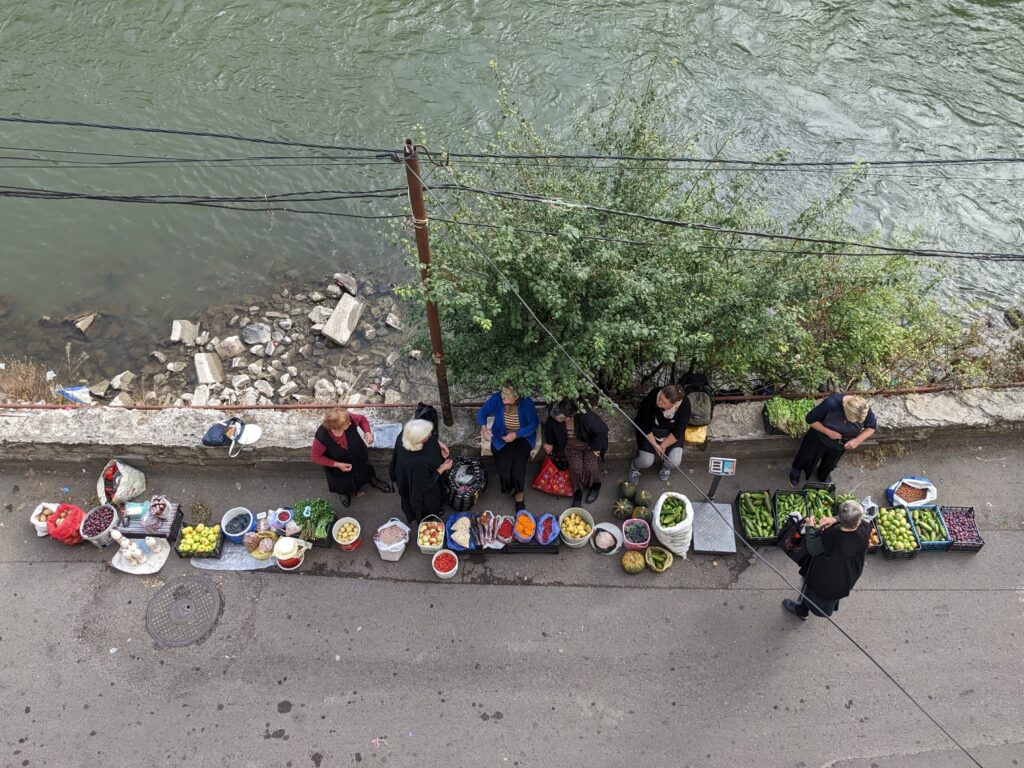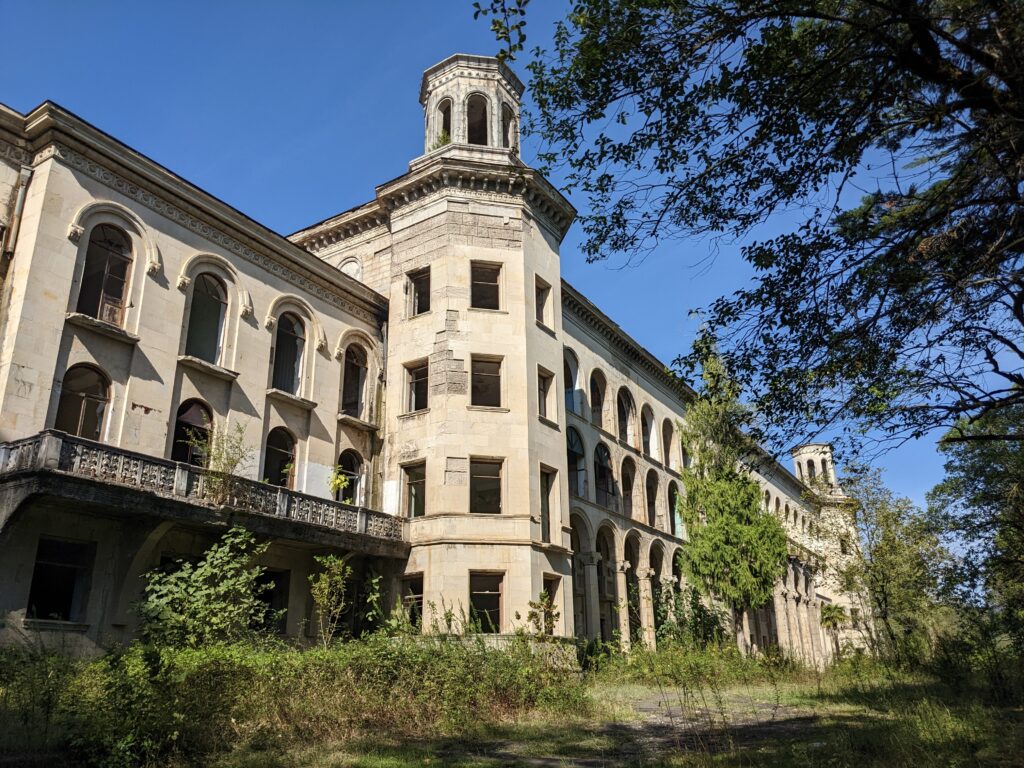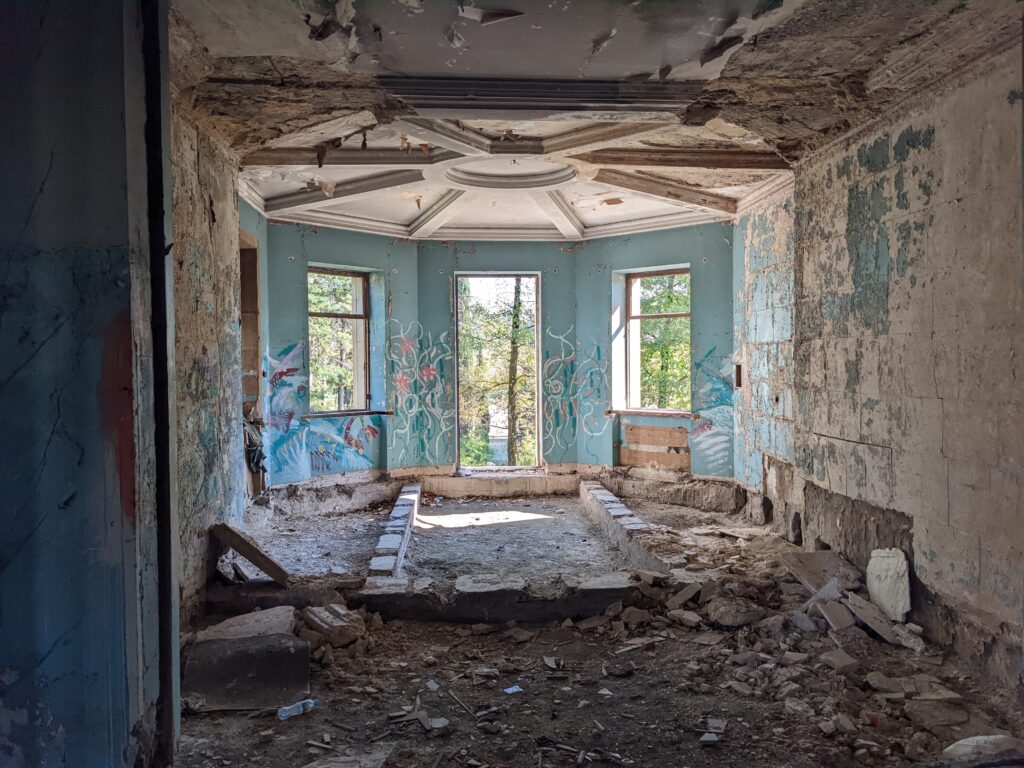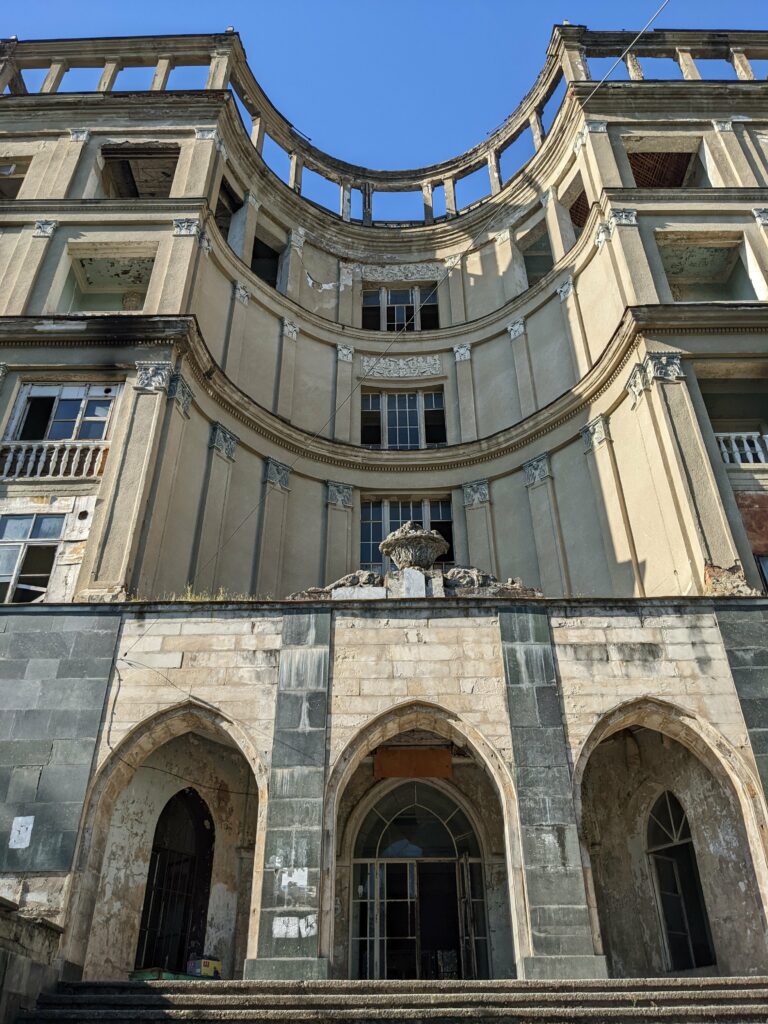While we’ve been travelling through the Caucasus, we’ve also been putting together a rough itinerary for the next leg of our trip and thought it was about time to share it. If you like the sound of anything below and fancy joining us, let us know!
October – Late November 🇦🇲🇰🇿🇺🇿🇰🇬
We arrived in Armenia a couple of days ago and are now eating our body weight in ponchik (Armenian doughnuts), but sadly this is the end of the road for us on this leg of our overland trip. We’d love to continue over land and sea into Kazakhstan, but the Azeri land borders are still shut so the most obvious route across the Caspian Sea is closed to us. With Russia to the north and Iran to the south, we’ve decided that the best option is to take a short flight from Yerevan (Armenia) to Aktau (Kazakhstan) on 21st October and continue our planned route through Central Asia from there. We’ll pass through the deserts of Kazakhstan, the Silk Road cities of Uzbekistan, and may even hop into the mountains of Kyrgyzstan on the way to Almaty. We had originally planned to head for Tashkent and finish this leg there, but actually we can go a bit further before reaching the (closed to us) Chinese border, so why not?!
Late November – late January 🇰🇷🇯🇵
Next, we’ll need to take another flight. We looked through the options from Almaty and settled on the shortest possible flight to somewhere exciting: we’re going to Seoul, South Korea! 🇰🇷
We’ll arrive in Seoul on 23rd November and plan to eat our way around South Korea for about a month. Japan has reopened its borders to independent tourism this week and we are crossing our fingers and toes that this means that ferry connections between South Korea and Japan will also resume. If so, we plan to spend Christmas and the succeeding three-ish weeks in Japan, mixing urban and rural exploration and perhaps a spot of skiing.
February onwards 🇰🇭🇱🇦🇹🇭🇻🇳🇳🇿
TBC! We’d love to head south towards Cambodia, Laos, Thailand and Vietnam and are hoping that land and sea connections post-Covid continue to improve so that this is possible. We’re also still dreaming of New Zealand, but we haven’t quite figured out a low-carbon way of getting there yet…perhaps we need to get really good at swimming 🏊🏼



